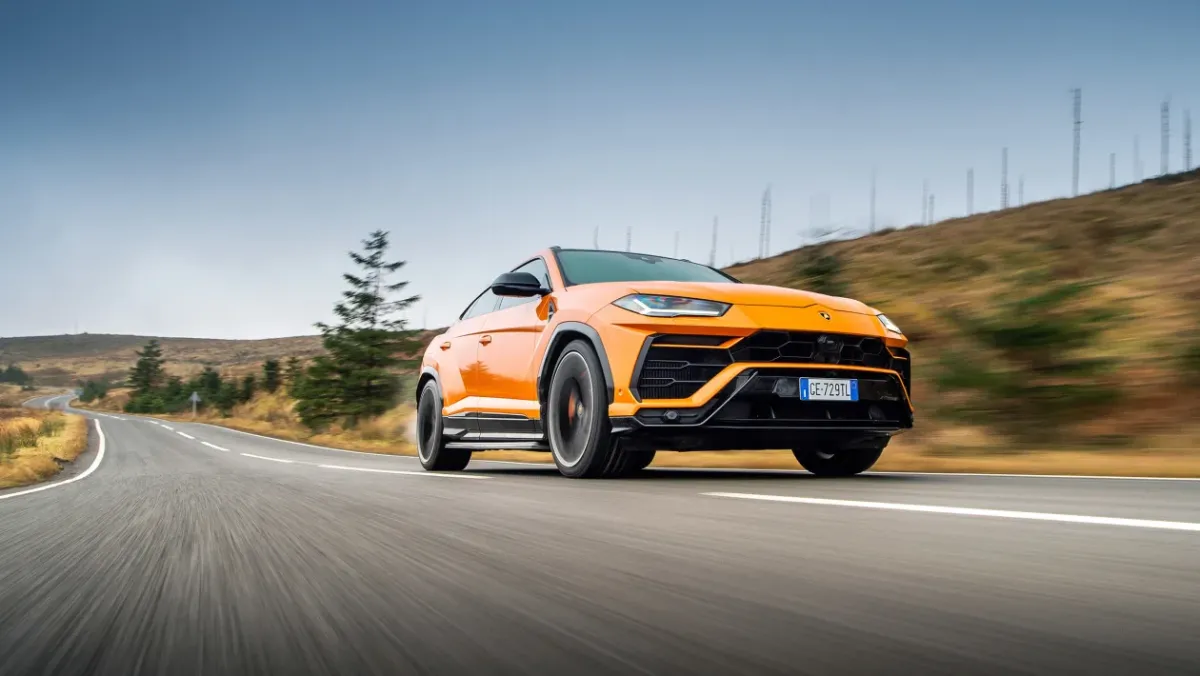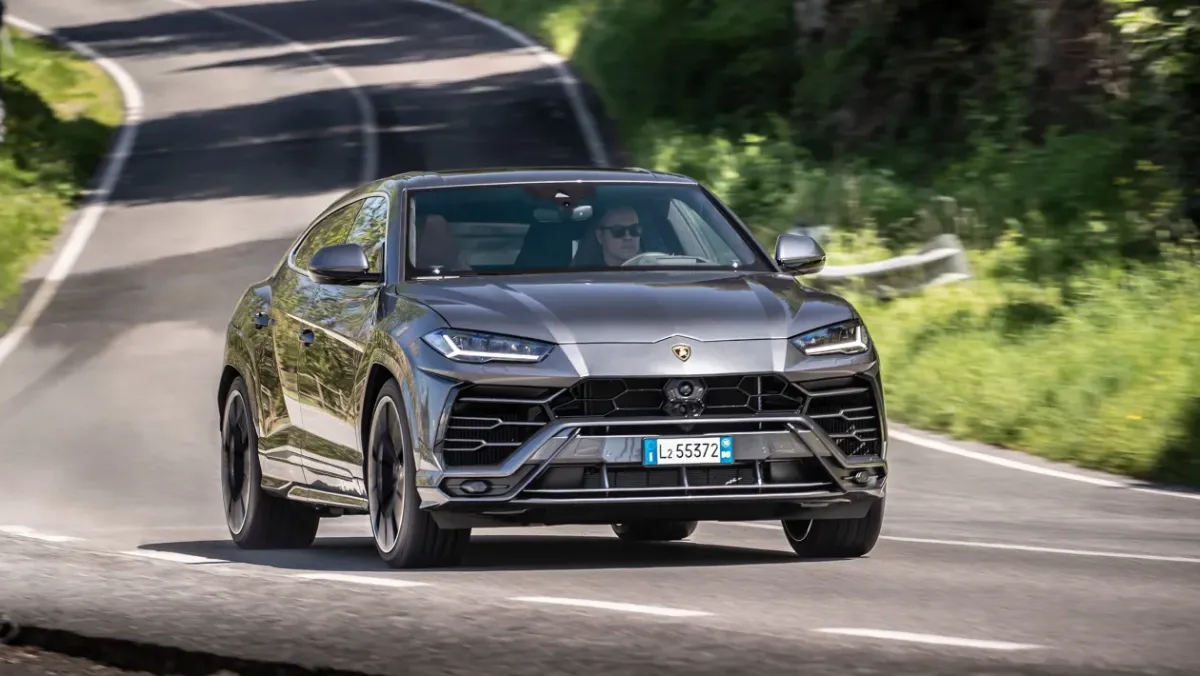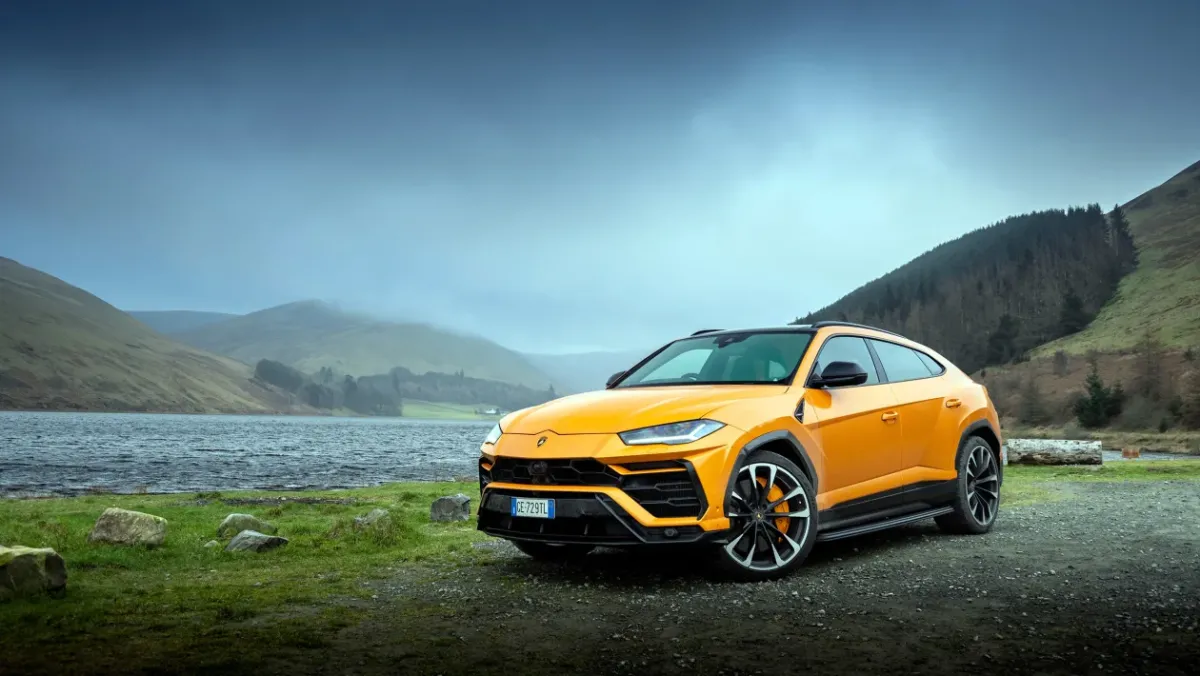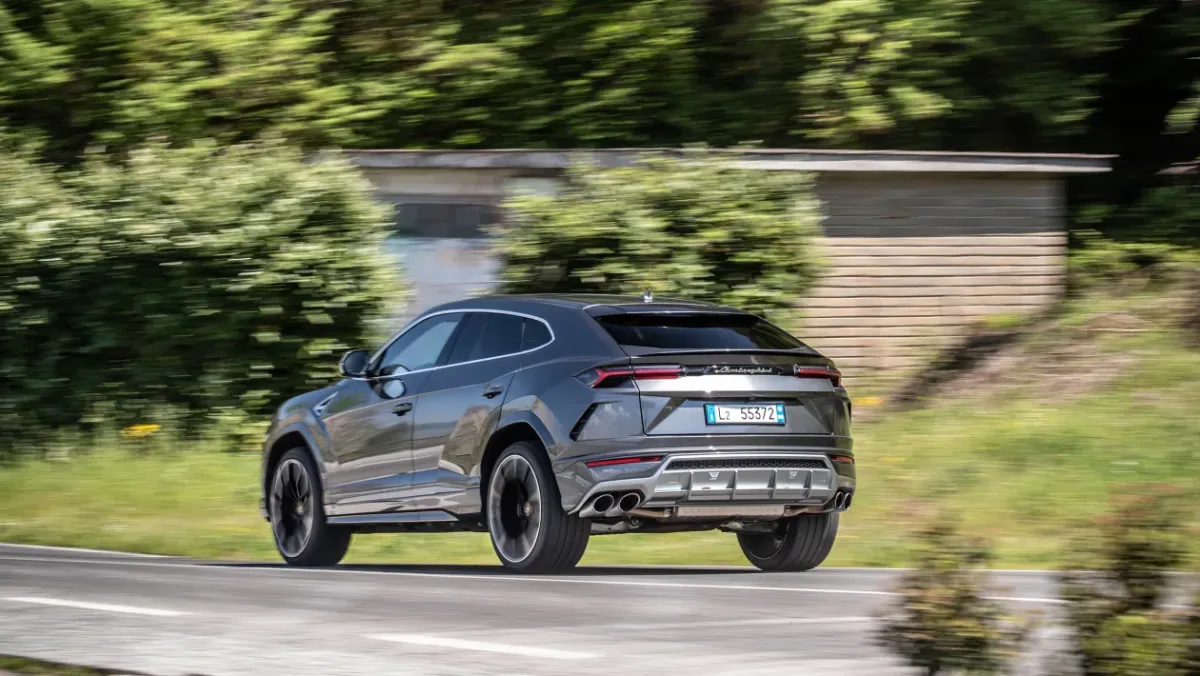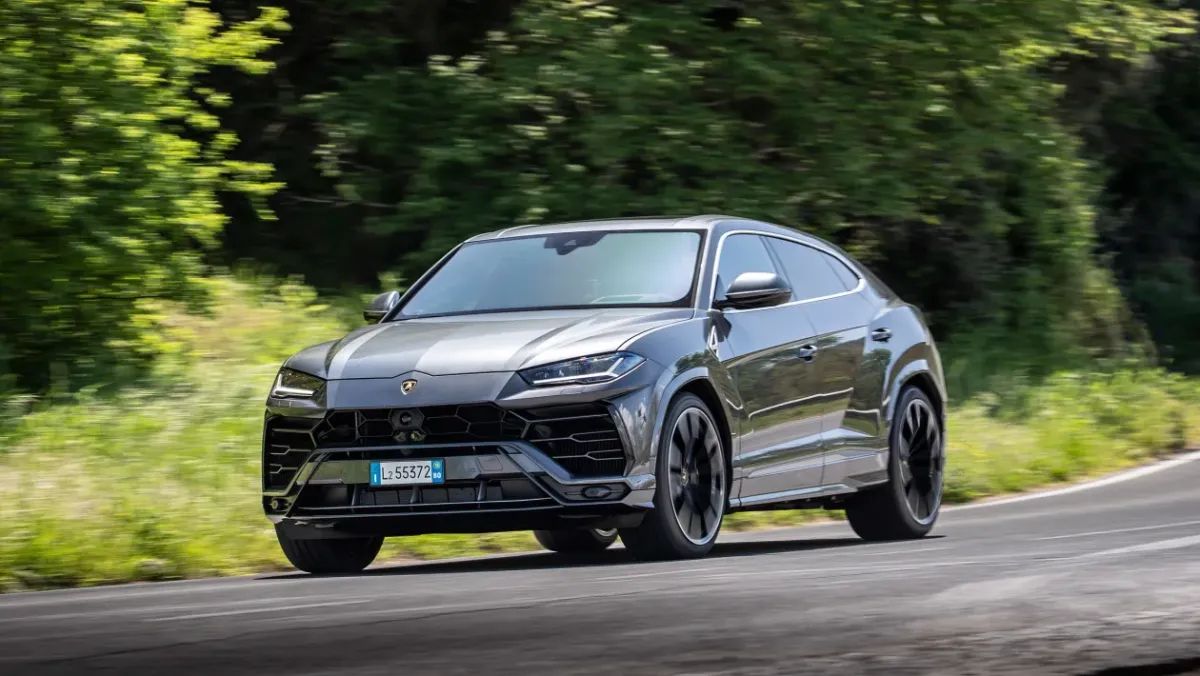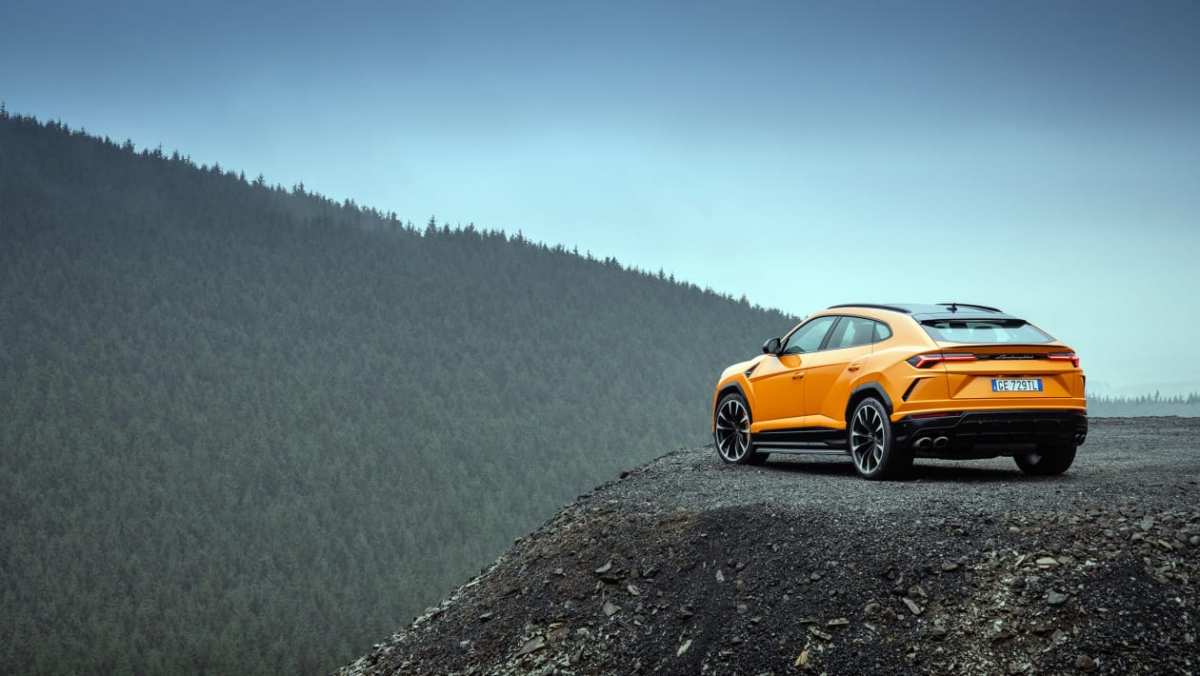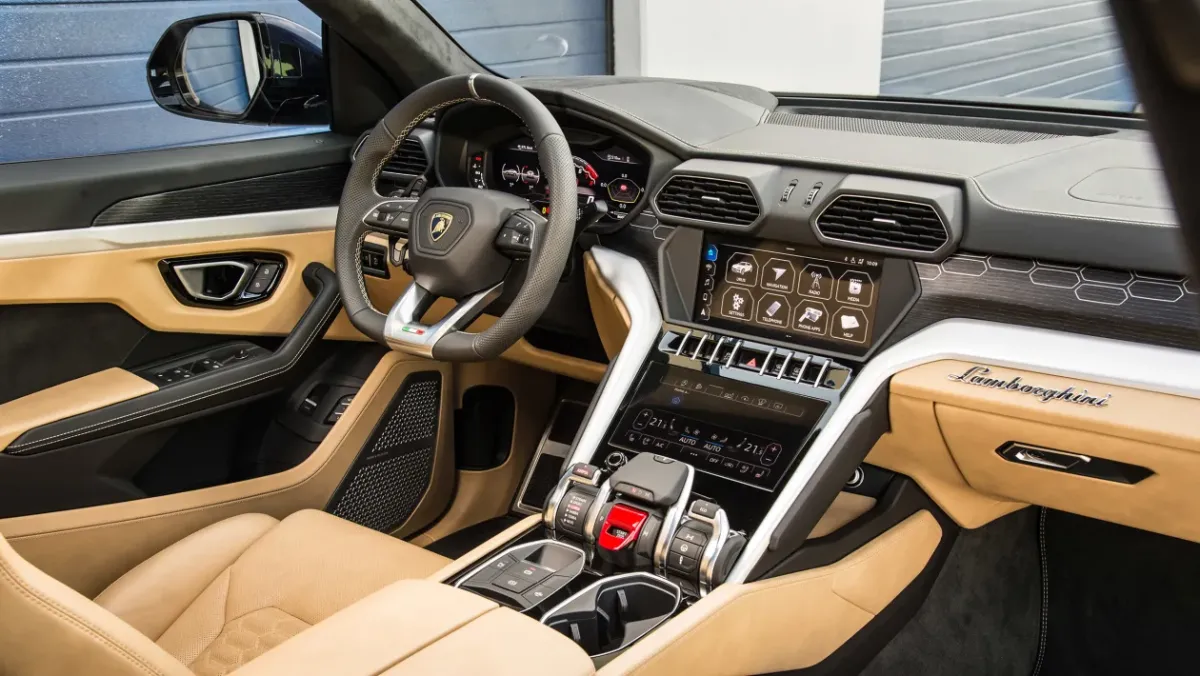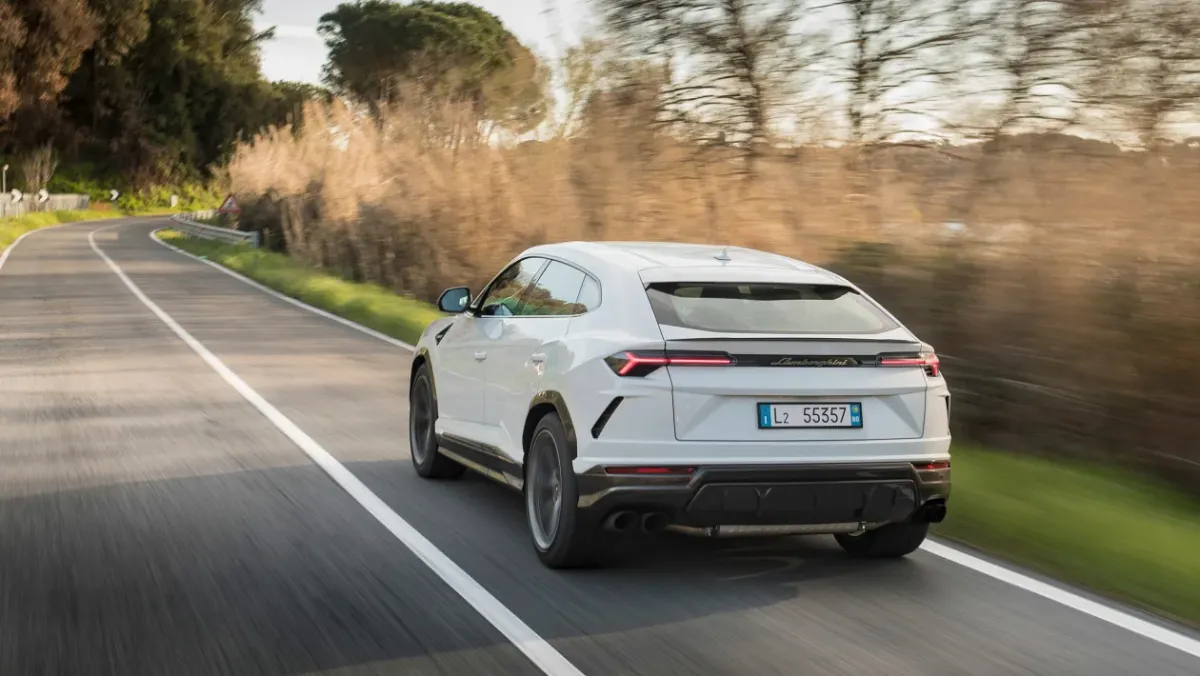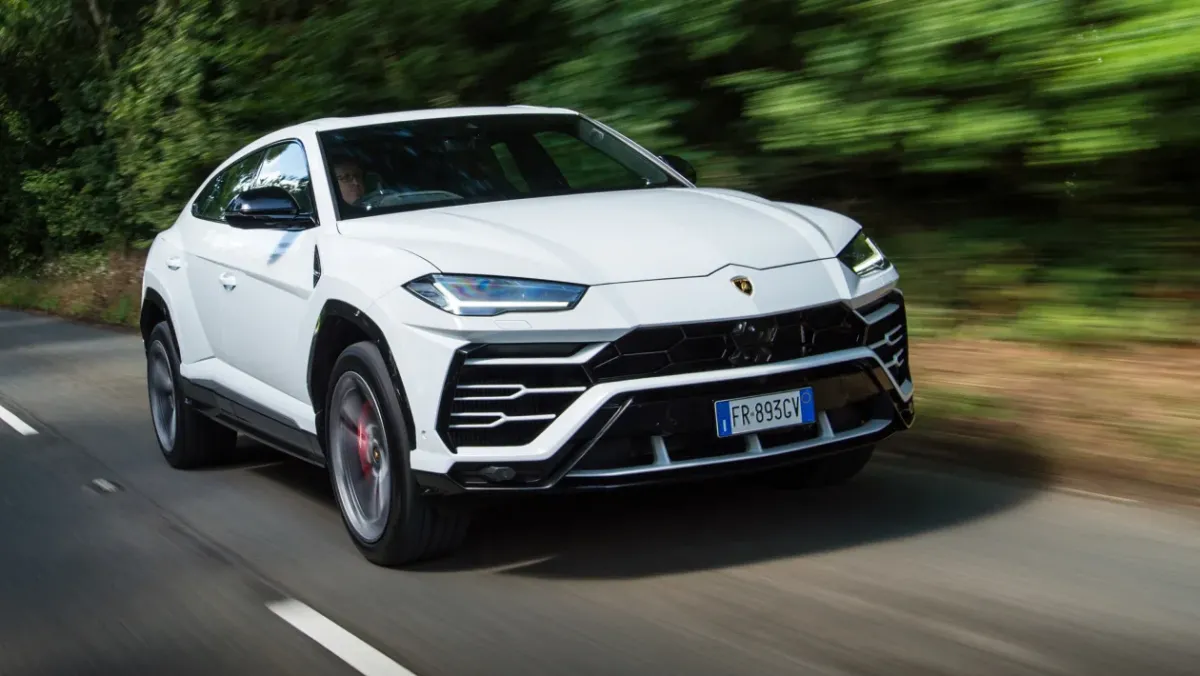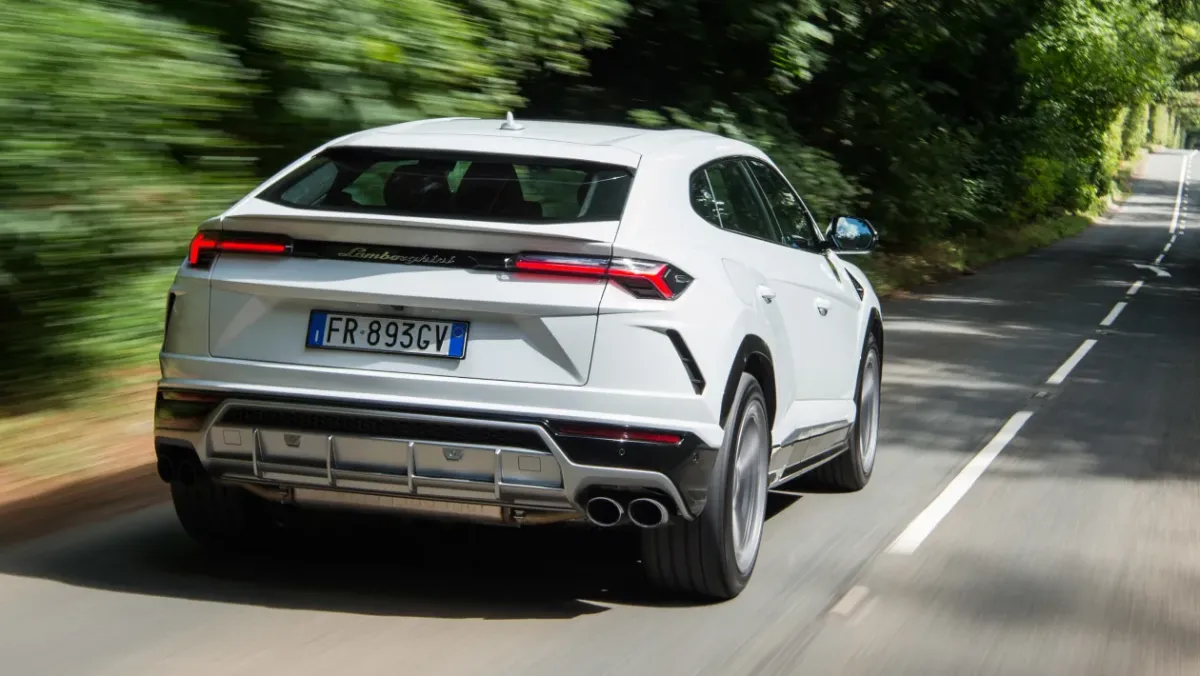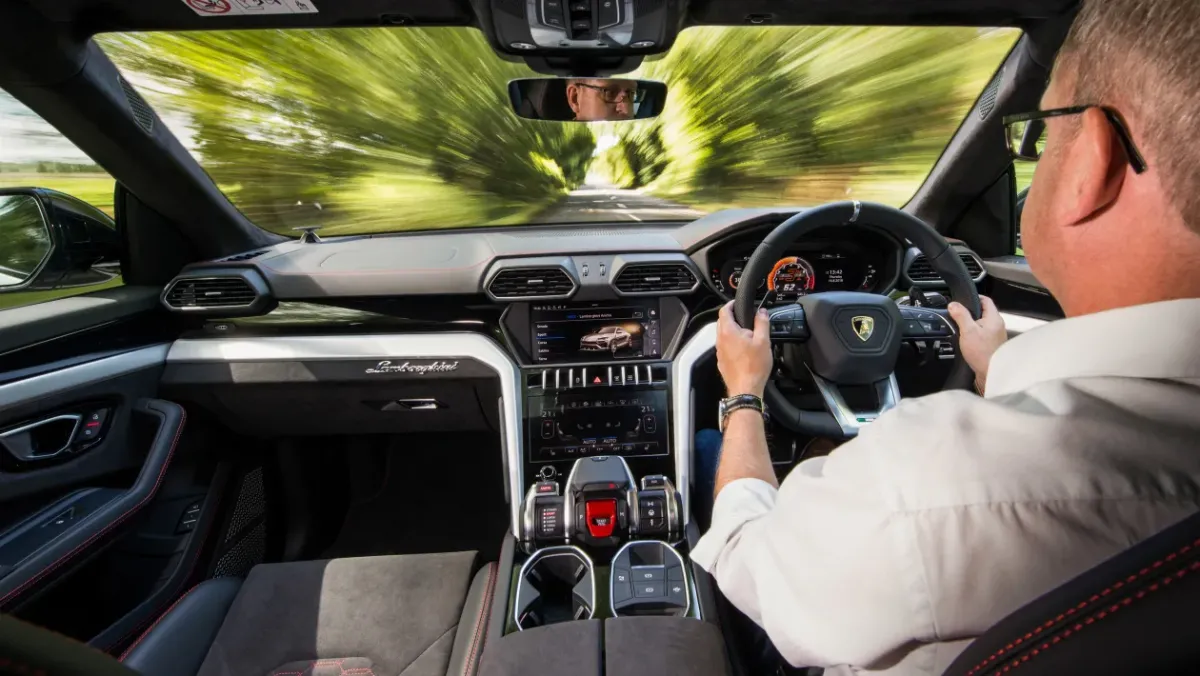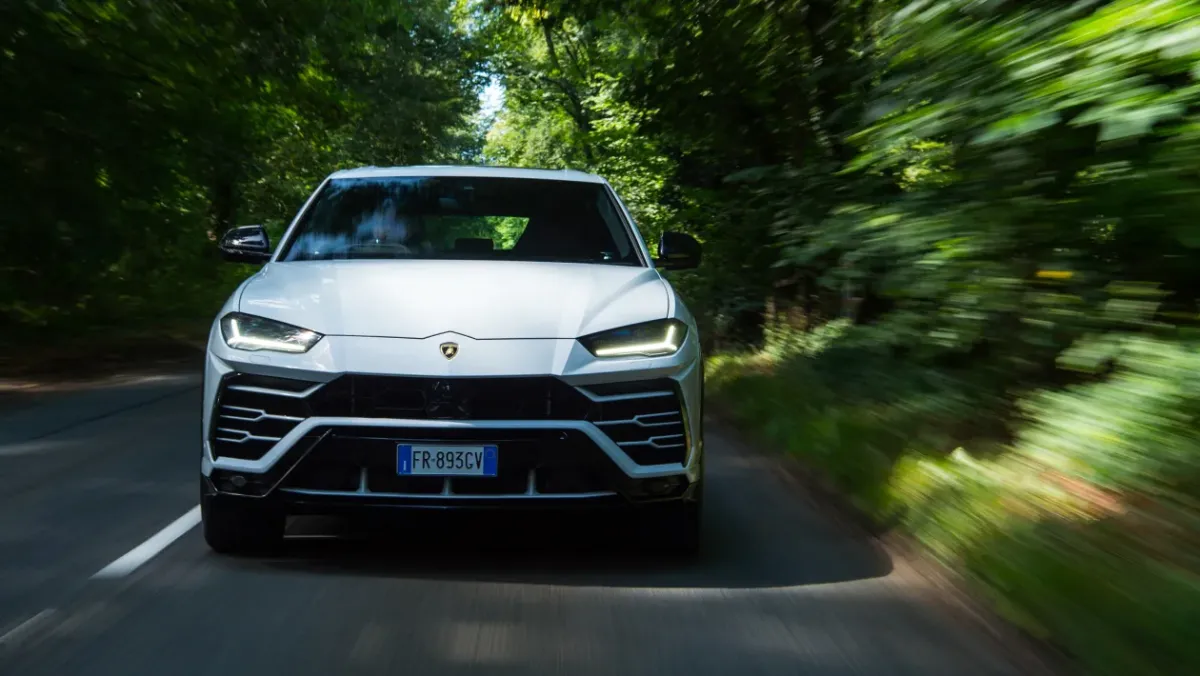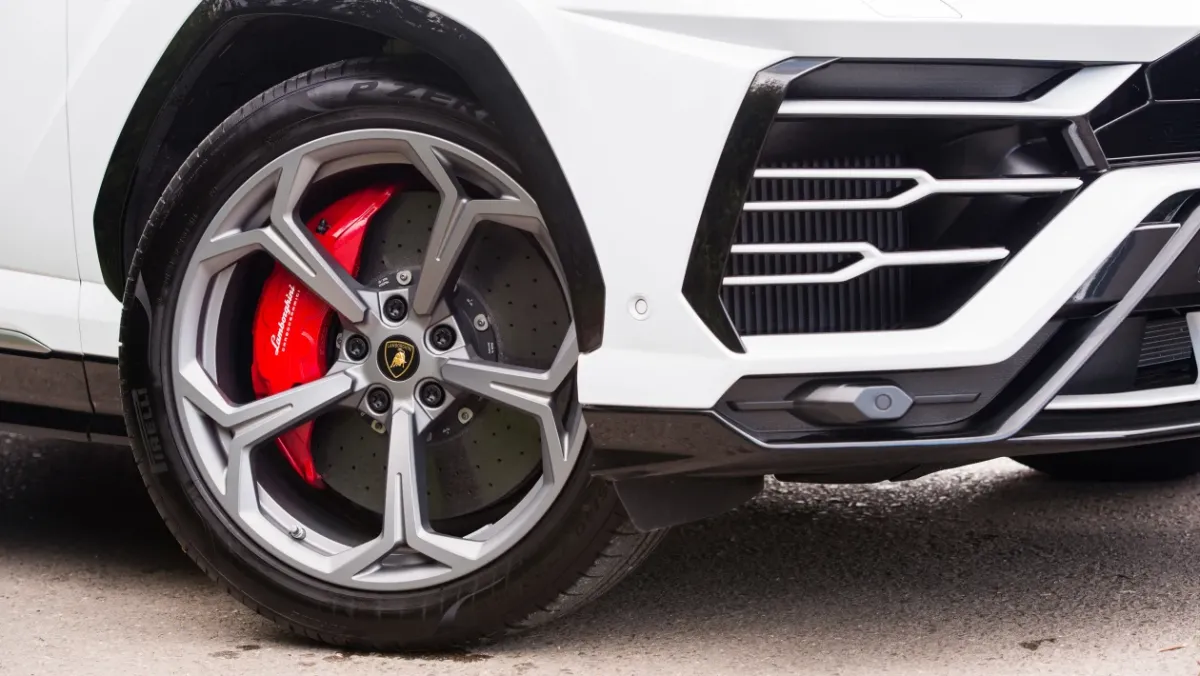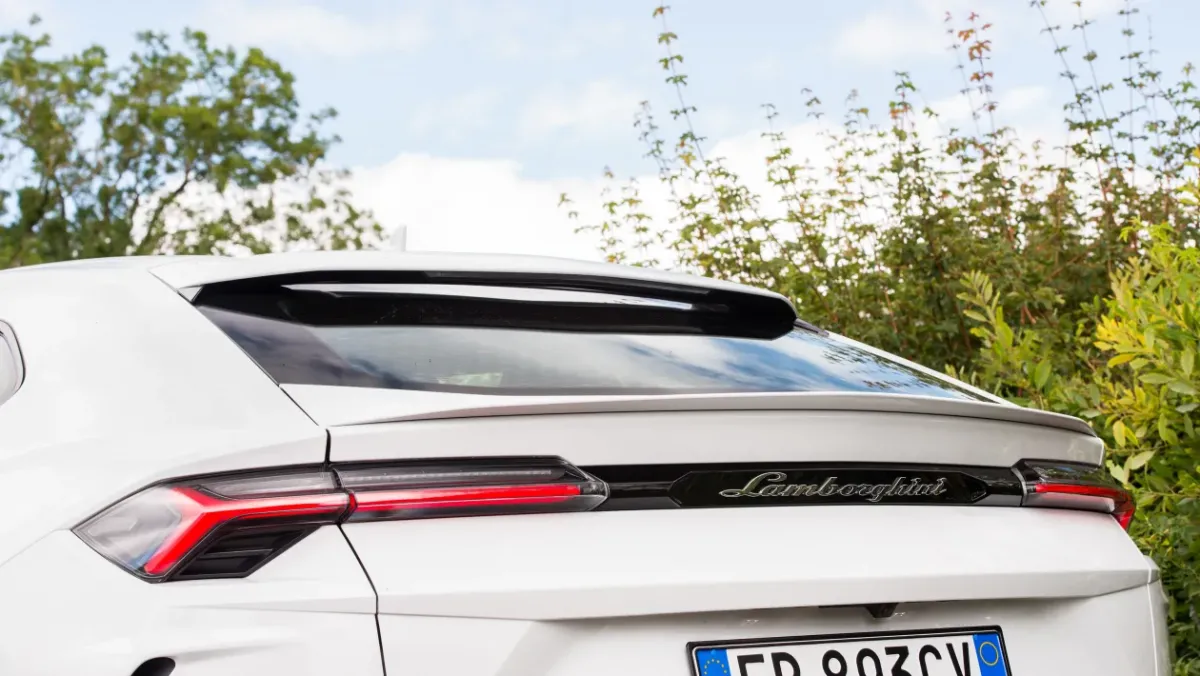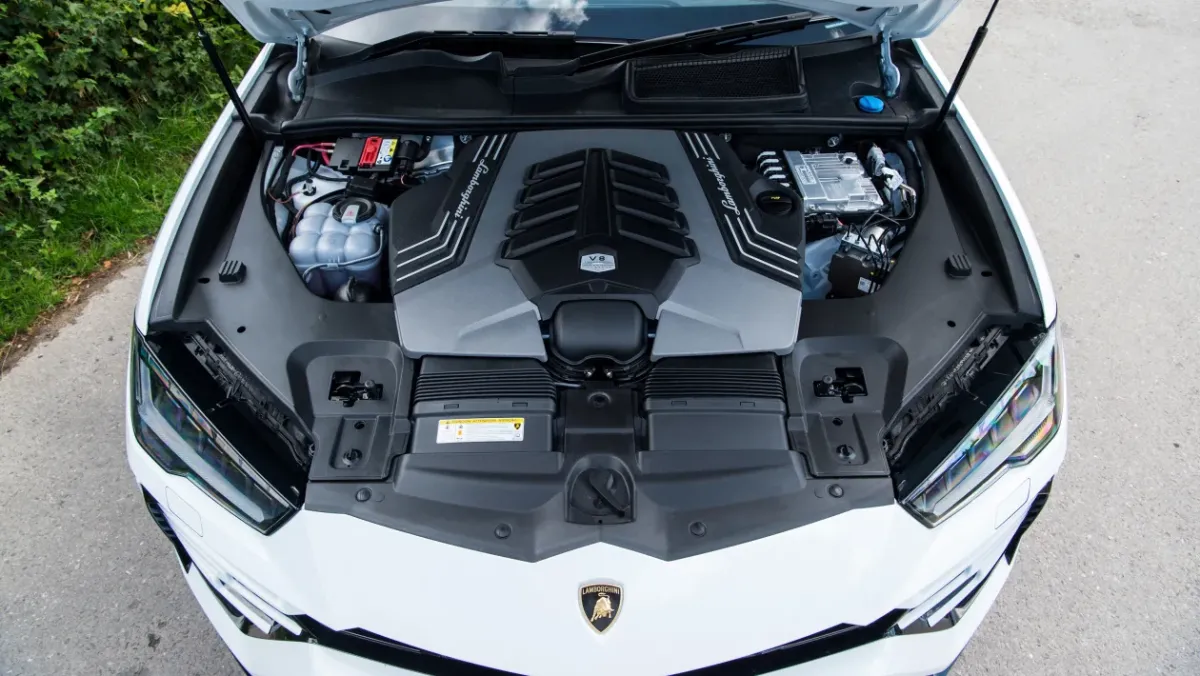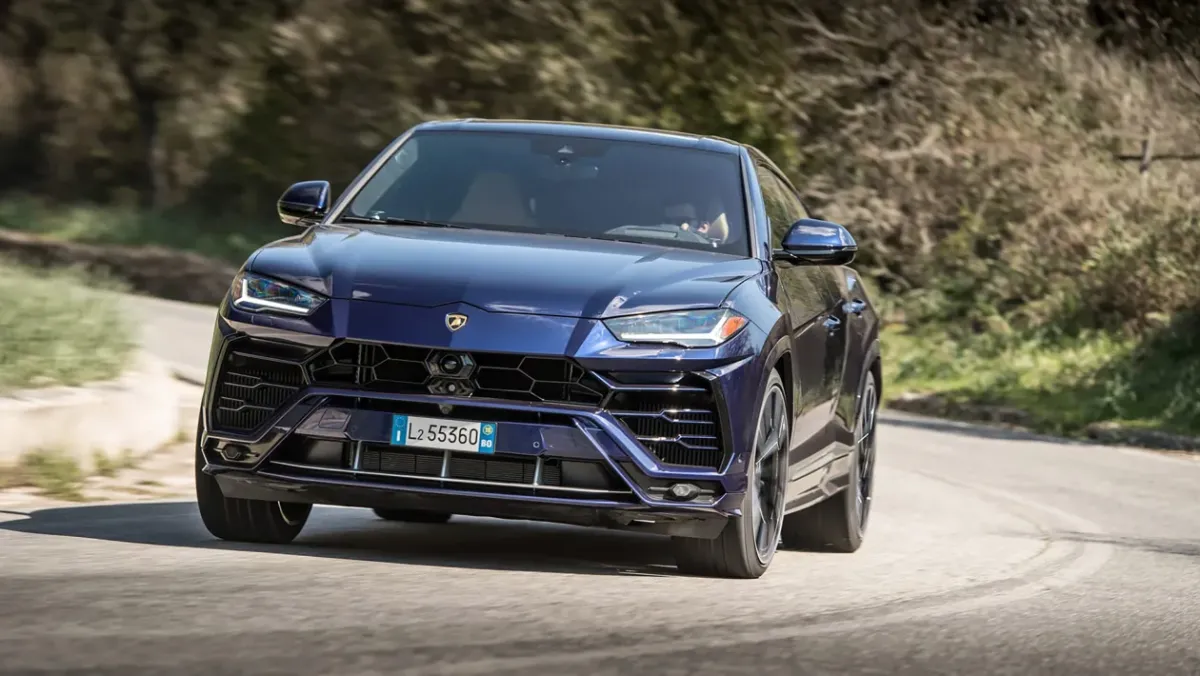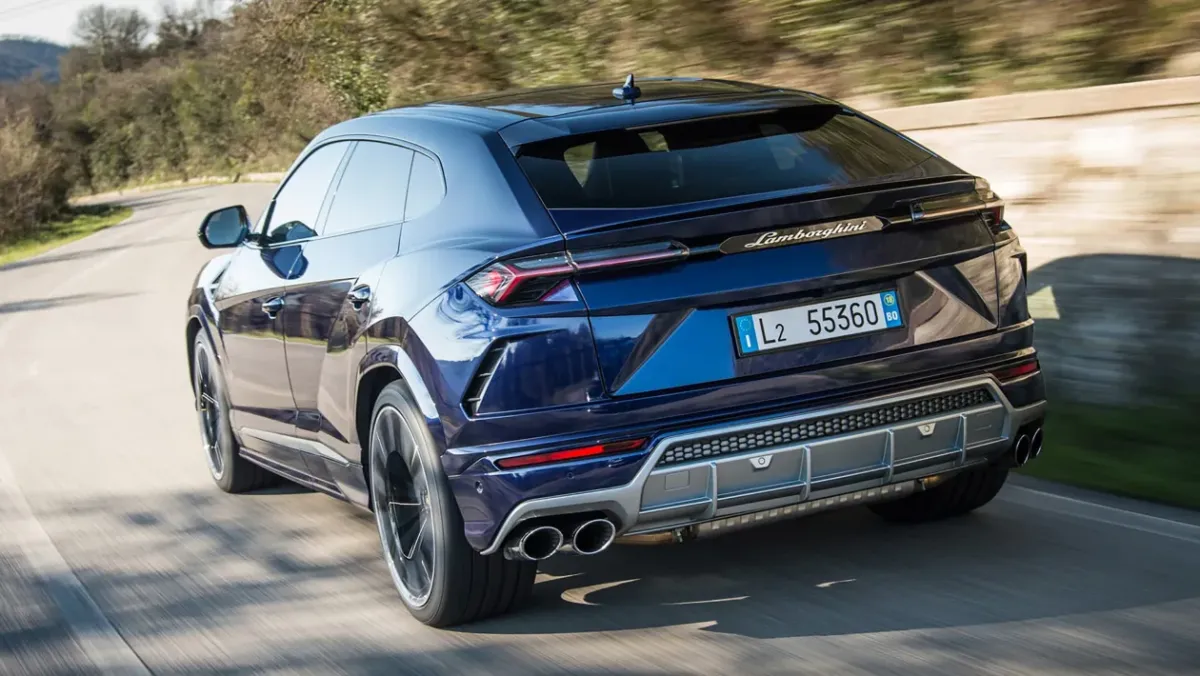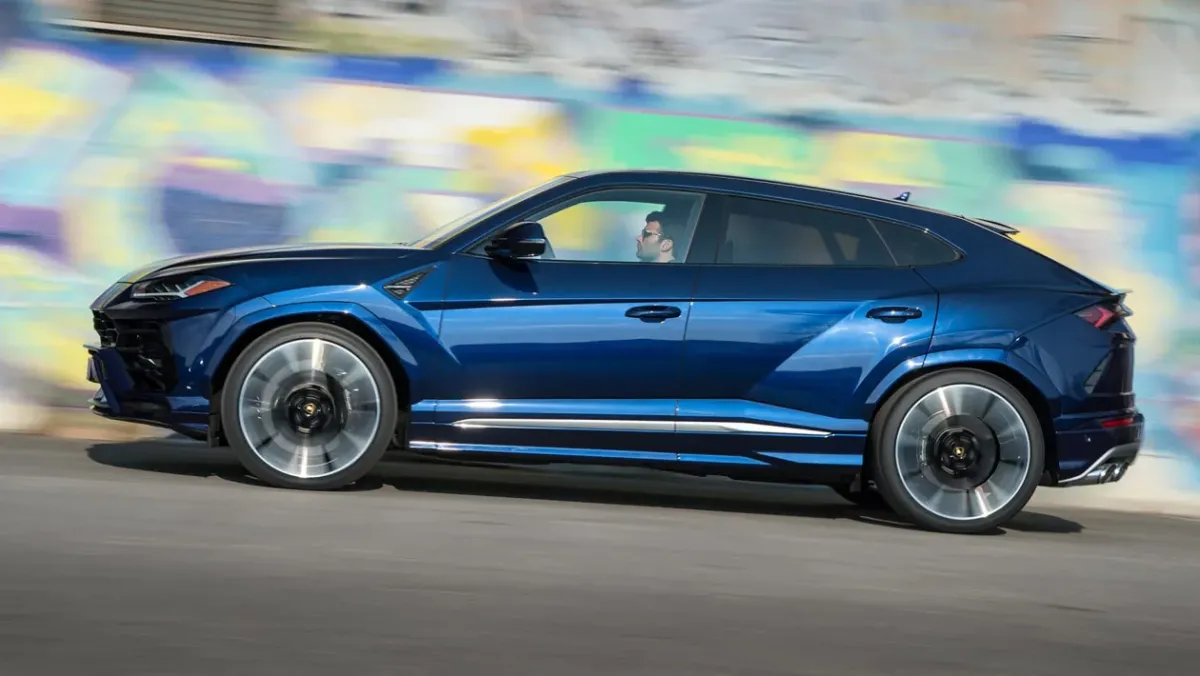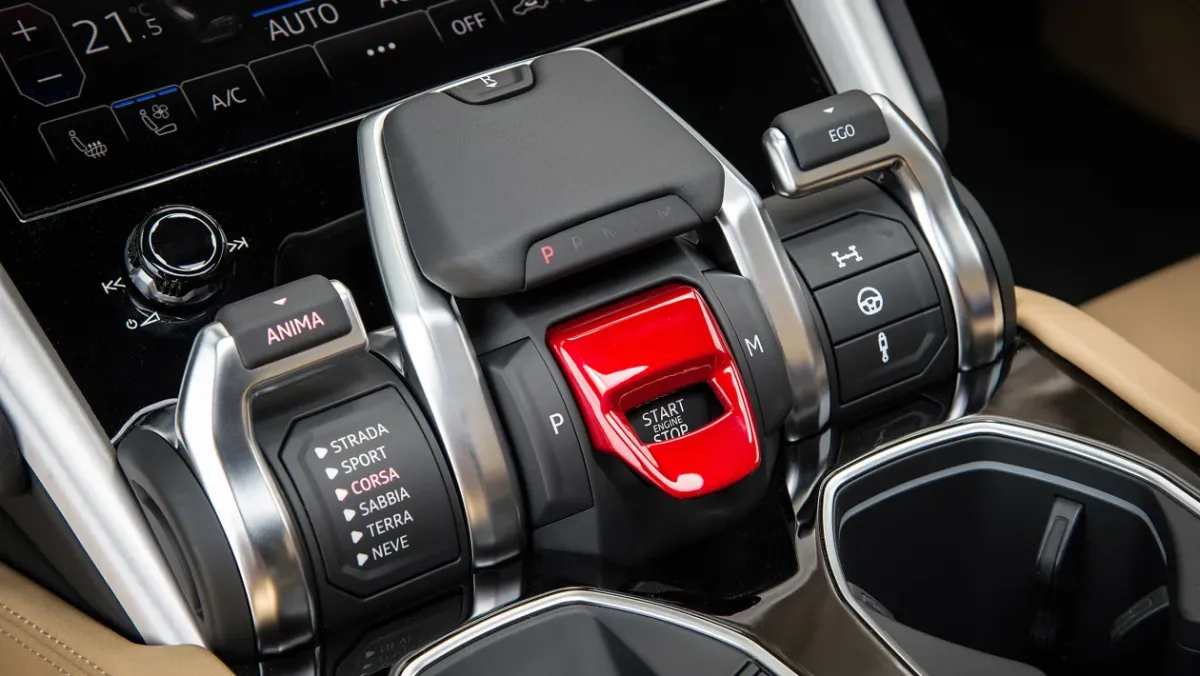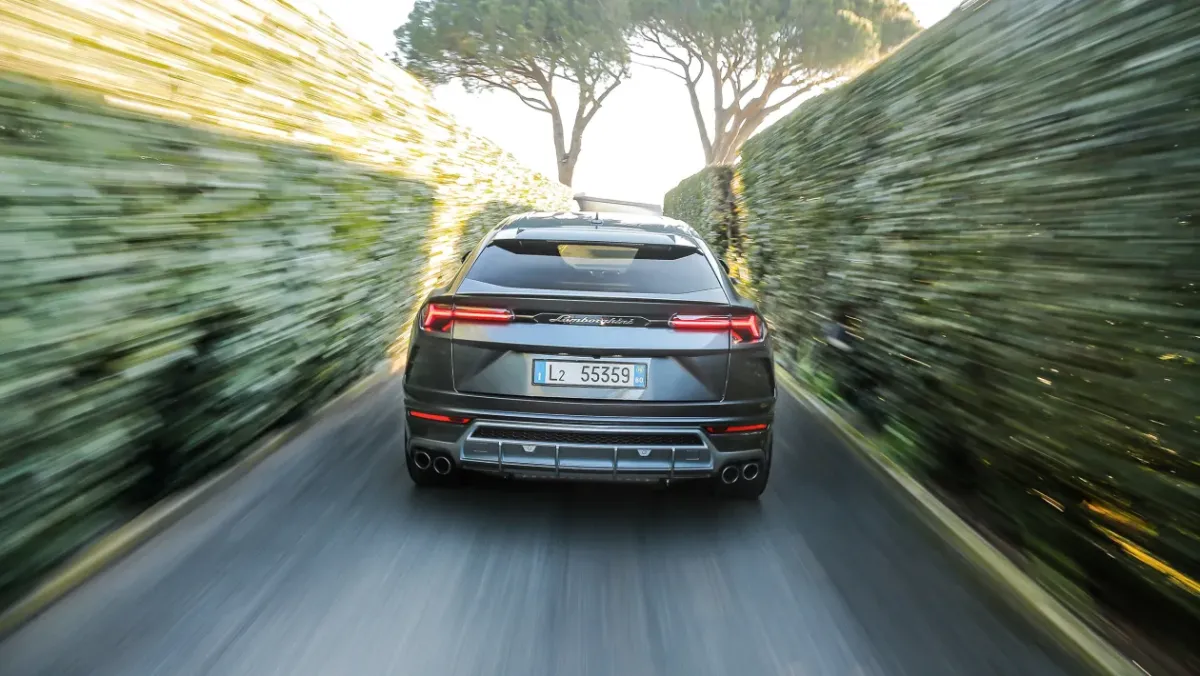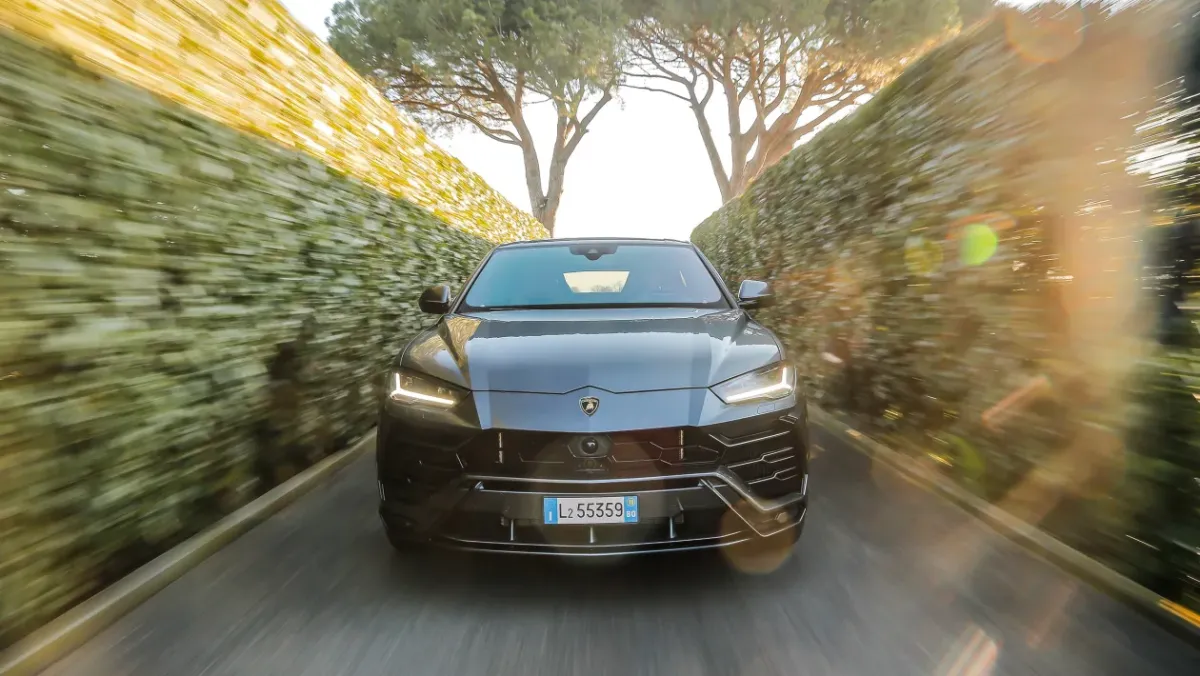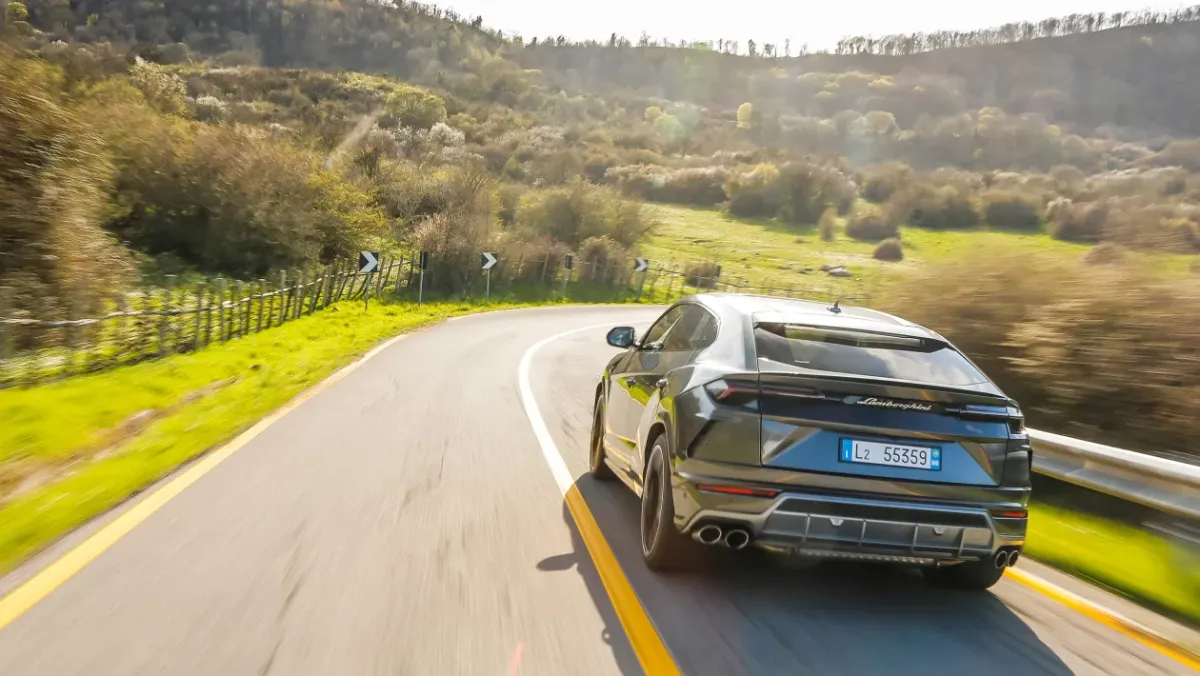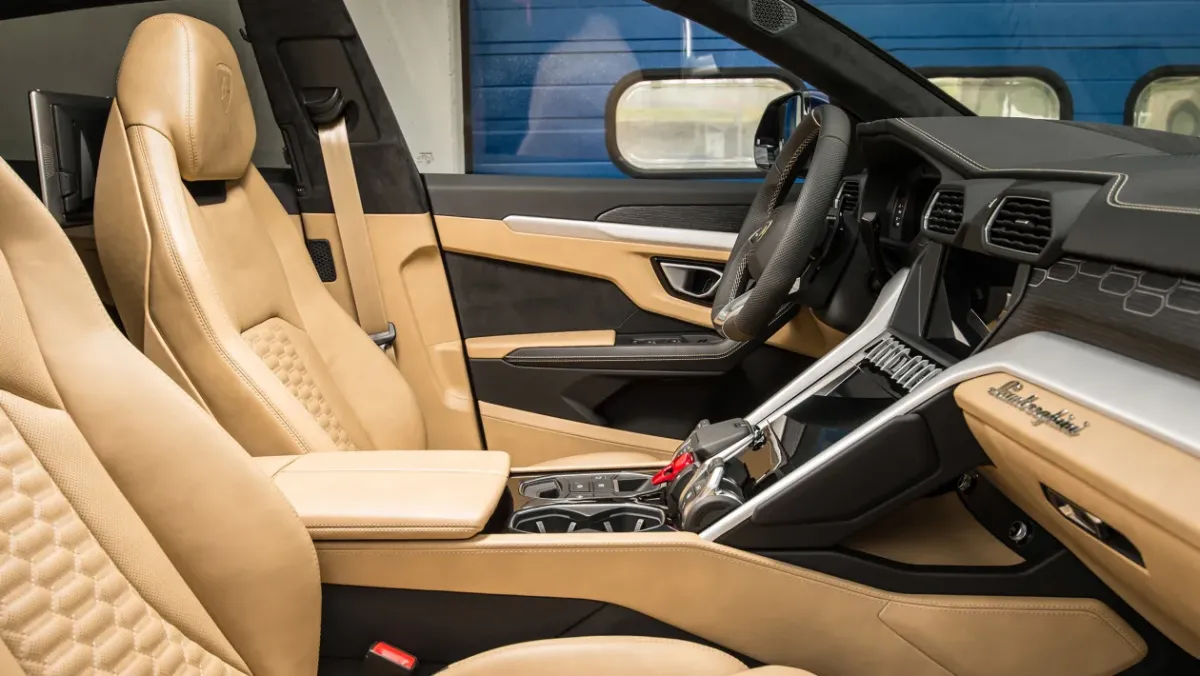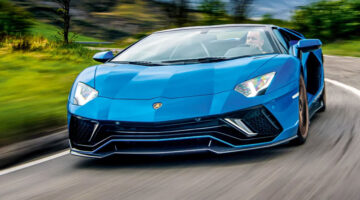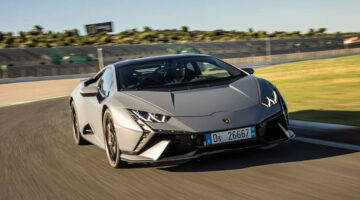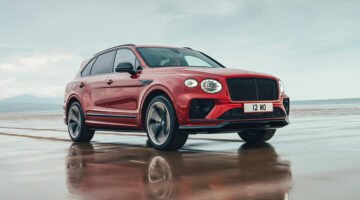With borrowed hardware and a boorish attitude, Lamborghini’s super-SUV lacks sophistication, and it might have something of an image problem
PRICE from $217,597
| Has an incredible turn of speed, on-track capability better than it would ever need to be | |
| Has none of the finesse of its Porsche and Aston rivals |
PRICE from $193,590
Chances are that by now you’ve probably seen a Lamborghini Urus making its way through suburban traffic with all the subtlety of a carnival float at the back of a funeral procession. When it was launched in 2018, Lamborghini, in its own words, called the Urus the first super-SUV, a synergy of ultra high-performance engineering and a practical bodyshell ready to join the multi-car garages of the rich and famous.
Yet in reality the Urus isn’t quite that idealistic, because Lamborghini took a much more pragmatic approach in its development, cherry-picking bits from Audi’s MLB-evo platform to create what has, since its inception, become the best-selling Lamborghini of all time. While purists like us might bemoan this undeniably cynical exercise in automotive engineering, money doesn’t lie, and as we approach its next iteration the Urus remains a very smart move according to the beancounters.
So the question we’re asking is whether this is still enough in 2022, a time when the notion of high-end SUV engineering has moved beyond simply throwing some bits together in a giant metaphorical blender and hoping they come out alright. Take key rival, the new Aston Martin DBX707, for instance. Its bespoke platform and development programme might have cost a small fortune (one Aston didn’t have, let’s be frank), but has resulted in a nuanced and engaging high-performance SUV.
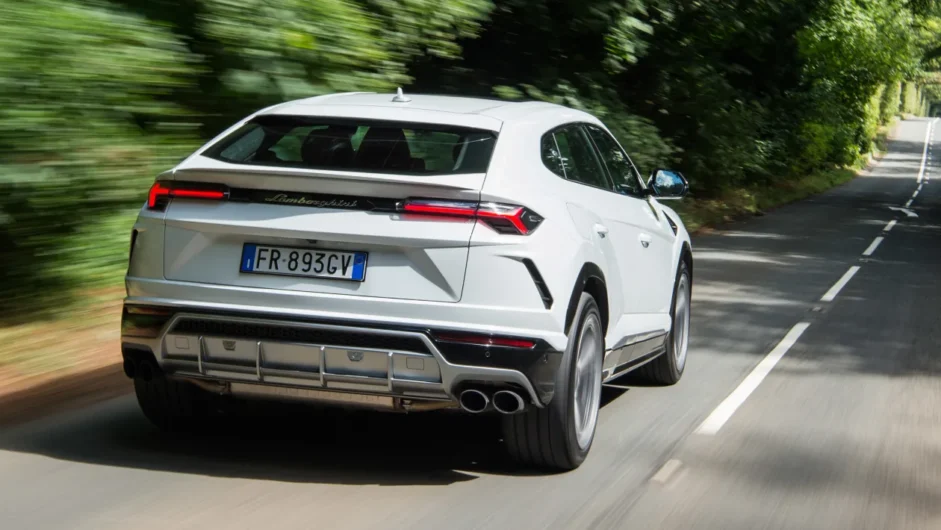
This has not been the case here, as while the Lamborghini’s Audi-sourced chassis works just fine for a majority of its other uses, the Urus’s extreme nature asks an awful lot of an architecture that feels pushed to the extreme. To begin with, it has a few technical trademarks that are impossible to disguise, such as the pretty basic front suspension design, and an engine placement that sits slightly forward of the front axle. Still, while the underlying packaging might have its drawbacks, there’s plenty of toys to try to undo the fundamental compromises.
These include an active anti-roll system that mechanically stabilises the body under hard cornering, and steering that’s able to twist the rear wheels plus or minus three degrees in various directions depending on the chosen driver mode. The suspension itself is an air system, with three different ride heights able to be dialled in via the exhaustingly varied driver mode system, and wheel sizes vary between 21 and 23 inches, the latter size being by far the most popular choice.
The brakes are carbon-ceramic as standard, and share their basic hardware with the Bentley Continental GT Speed and Audi RSQ8 which all tie to be the biggest set on any road car, with 440mm discs at the front with colossal ten-piston calipers and 370mm discs on sliding calipers at the rear.
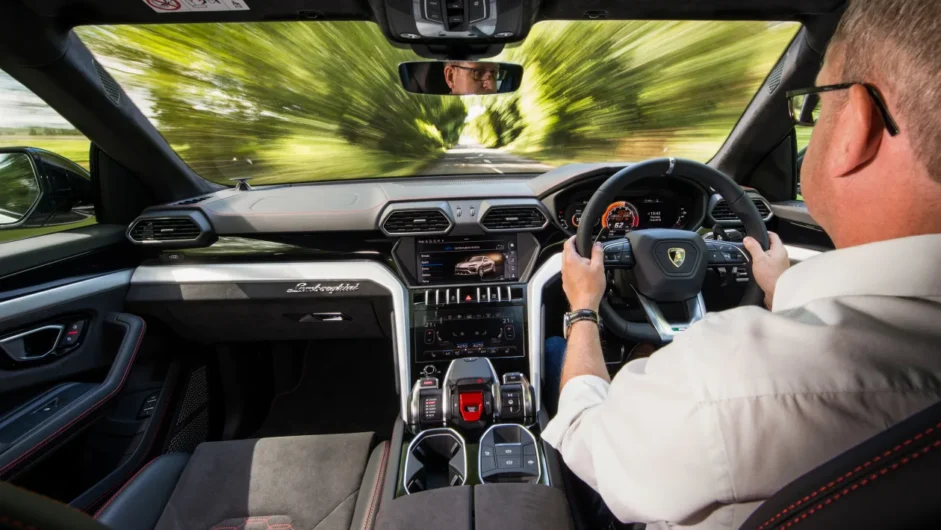
While it’s easy to daydream about the notion of a real Lamborghini engine being slung under the Urus’s bonnet, its platform has also informed the powertrain, again borrowed from Audi, Porsche and Bentley. In this case, the twin-turbocharged 4-litre V8 has a hot-V turbocharger arrangement, and peaks at 641bhp at 6000rpm, a useful and not-at-all-curated 20bhp and 10bhp above the related units found in the Porsche Panamera Turbo S and Cayenne Turbo GT respectively. Peak torque is rated at 627lb ft between 2250rpm and 4500rpm – the most its eight-speed automatic transmission can handle. The all-wheel-drive system has a typical torque split of 40:60 front/rear in normal driving, with up to 70 per cent able to be sent to the front axle or 87 per cent to the rear. Lamborghini says it chose its Torsen differential because of its reliability and lack of inertia, while the rear diff can distribute up to 75 per cent of the torque it is receiving to one side.
On the road, all this feels, well… it’s a lot. Because all the bits of hardware are derived from lesser cars, Lamborghini’s desire to instil a different feel in the Urus has pushed them up to and over their limits. Press the engine start button (under its red cover, which feels a little naff in an SUV as opposed to in an Aventador) and the revs flare with a heavily augmented whip up the rev range, gurgling away for a few unsubtle seconds before settling into a typical indistinct burble. Driving off from a standstill and there’s a palpable tension throughout the car’s entire powertrain – even in its most relaxed driver modes, the throttle feels overzealous and the steering a bit too quick in its ratio.
Despite the eager pedal, the Urus’s plateau of torque doesn’t counteract the considerable turbo lag if you catch it off guard. The brakes, meanwhile, have a typical dead spot at the top of the pedal common to many ceramic systems, but once pressure is applied you find yourself constantly modulating the pedal as if the braking pressure is continually varying under your foot.
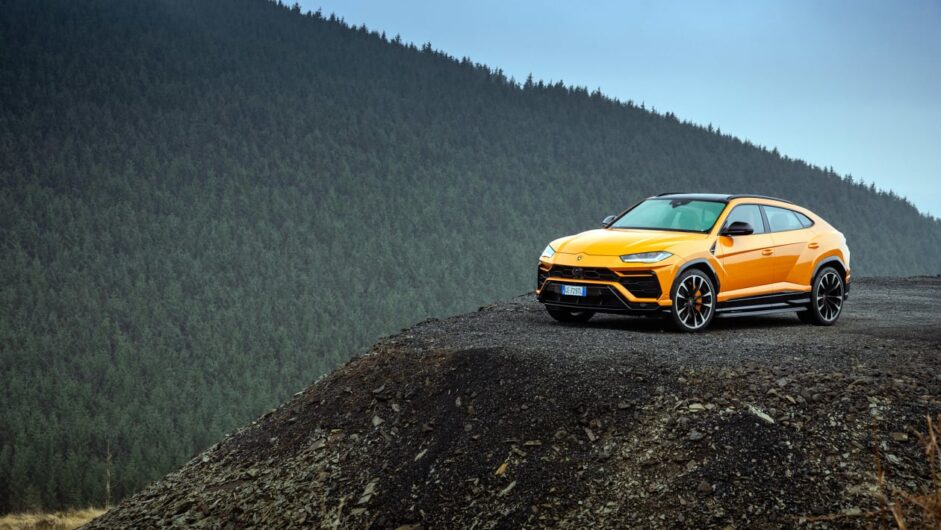
The ride is also pretty appalling, as while the air springs seem quite capable of controlling larger bumps just like any other large SUV from the group (think a Porsche Cayenne in Sport mode) the secondary ride and wheel control is a bit all over the place, as those huge 23-inch wheels and tyres seem able to sniff out every crevice and crack in any road surface, transmitting some pretty serious road noise along the way. Load the chassis and the active anti-roll system will then keep the body in control laterally, but it feels like all of that load is then transmitted to the wheel hubs and carriers, causing it to often fumble into ruts or potholes. And these interruptions don’t just manifest themselves through the chassis or terrible seats, but also the steering wheel as it jumps and jiggles in your hands.
Turn up the driver mode to Corsa and much of the exhaust noise is then drowned out by the augmented engine noise coming from the speakers. In this mode the transmission is at its most aggressive, with superquick shifts and a less than subtle torque burst on upchanges. This doesn’t so much make the car feel quicker, just more unruly, especially as shifts are generally joined by an almighty crack from the exhaust pipes. Don’t get me wrong, this is a very, very quick car, quicker perhaps than its power figures suggest, but you can’t help but wince as the chassis creaks and wheels crash into anything but glass-smooth tarmac.
An equivalent Porsche Cayenne Coupe Turbo GT – which, remember, is essentially the same car, with much of the same hardware – feels far more controlled, poised and even a tad more playful. The Lamborghini Urus drives in a similar state to its design, which is to say a bit of a mess. On track, the Urus (we’ve only tried a car with 22-inch wheels and fitted with a Pirelli Corsa tyre) is a freak, storming down the straights and able, at least for small numbers of laps at a time, to brake late into corners. There’s more agility here than seems ought to be possible, and if you were so inclined to take a Urus on a trackday you’d surely embarrass many a hot hatch or sports saloon. It’s all about weight management, though: not overloading the outer front tyre on turn-in, and keeping it smooth. A one-dimensional experience, perhaps, as you might expect.
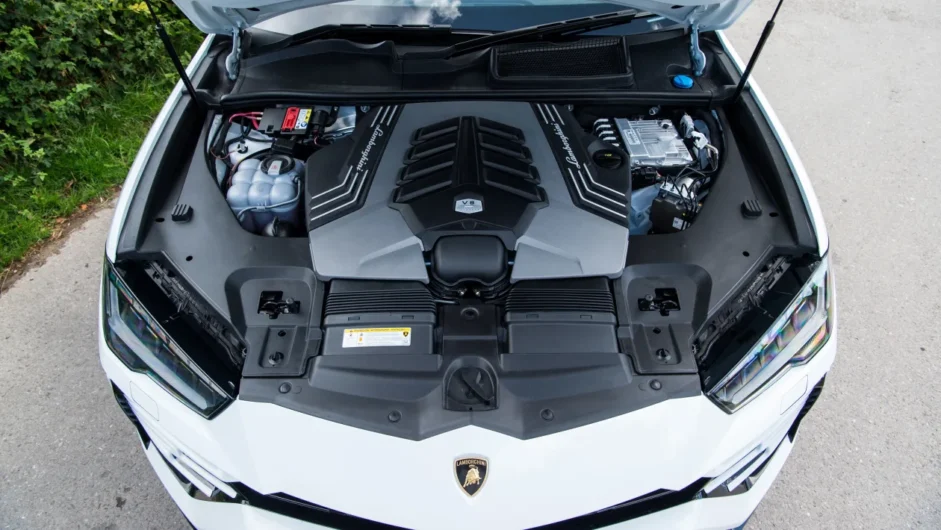
But let’s be honest. No Lamborghini Urus owner is taking their 2.2-ton SUV on track, especially if they have a garage with ‘real’ performance cars sitting alongside it. It feels like the Urus has been developed to be all the wrong things: unnaturally aggressive, and for the lack of a better term, more Lamborghini-like. What’s worse, underpinning this character is a chassis that’s unable to deliver in any metric aside from outright speed.
Price and rivals
You’ll pay around $205,000 for a Urus, but most will probably end up at $230,000 after options, of which there are many. That starting price is a lot more than Porsche’s Cayenne Turbo GT ($178,560), but less than the $228,000 of Aston Martin’s new DBX707, a rival that’s now defined the super-SUV class with its balanced approach to its driving demeanour. The Porsche, meanwhile, is the best-driving large SUV on sale right now, it’s far more dynamic and agile, and seems to have none of the problems that plague the Lamborghini. Somehow, it does this despite sharing nearly all of its key hardware, too.
For a more laid-back option, the recently refreshed Bentley Bentayga is another group rival, while Audi’s RSQ8 is neither as indulgent nor as extreme. At this end of the market, the Mercedes-AMG G63 is also a big seller, although it targets a very different point of the spectrum – one that we argue might have better served Lamborghini had it referenced the LM002 for its SUV.
This article originally appeared at evo.co.uk
Copyright © evo UK, Dennis Publishing

